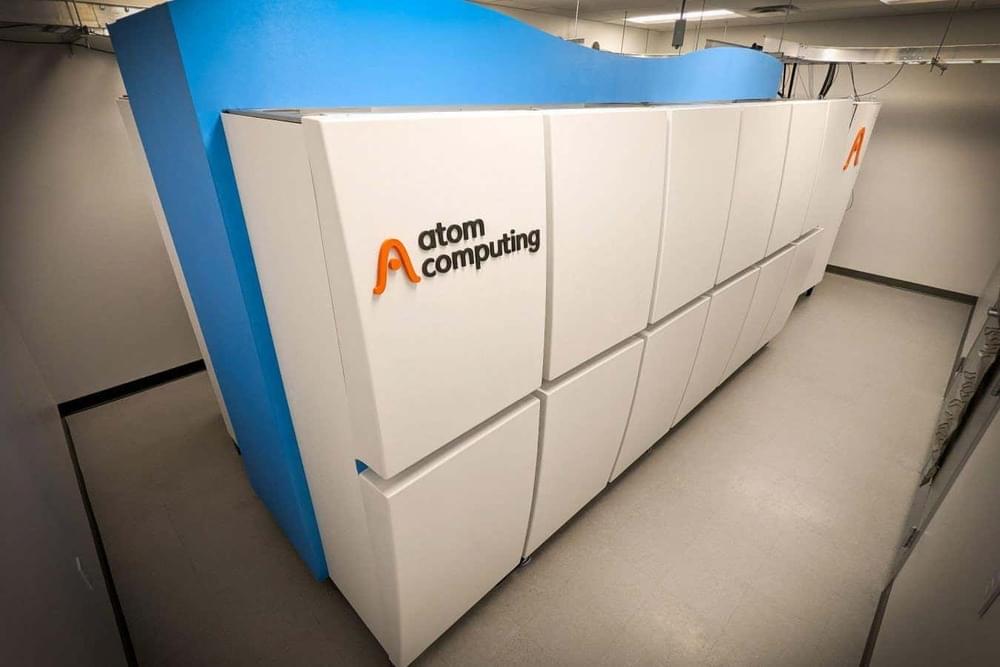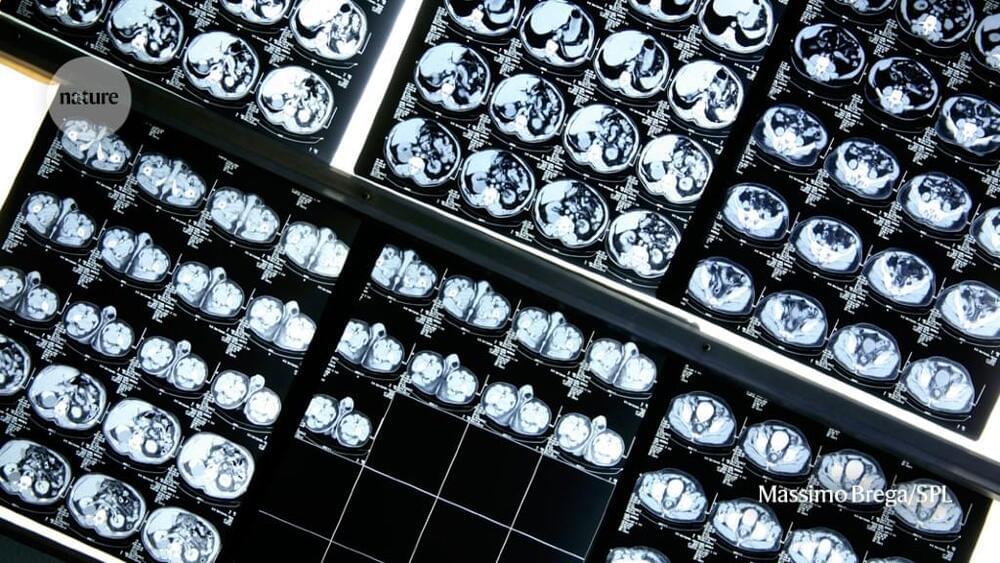NASA astronauts Jasmin Moghbeli and Loral O’Hara are taking a spacewalk outside the International Space Station on Monday, Oct. 30, to remove electronics gea…
Get the latest international news and world events from around the world.

Physics has long failed to explain life — but we’re testing a groundbreaking new theory in the lab
Modern physics can explain everything from the spin of the tiniest particle to the behaviour of entire galaxy clusters. But it can’t explain life. There’s simply no formula to explain the difference between a living lump of matter and a dead one. Life seems to just mysteriously “emerge” from non-living parts, such as elementary particles.
Assembly theory is a bold new approach to explaining life on a fundamental scale, with its framework recently published in Nature. It assumes that complexity and information (such as DNA) are at the heart of it. The theory provides a a way to understand how these concepts emerge in chemical systems.
Emergence is a word physicists use to explain something that is bigger than the sum of its parts – such as how water can feel wet when individual water molecules don’t. Wetness is an emergent property.

Space Perspective’s balloon-like spacecraft is floating toward a 2024 commercial launch. See new photos of the high-altitude luxury vehicle — including its fancy space toilet
An interstellar exploration company wants to build a space vessel that takes the uberwealthy cruising high up in the earth’s atmosphere — and Mercedes-Maybach is lending its luxury brand name to make it happen.
Space Perspective hopes to take travelers up in the air by the end of 2024 in a craft known as Spaceship Neptune, a pressurized capsule with panoramic views.
A space balloon will lift Neptune 100,000 feet into the upper stratosphere, where guests can witness the earth’s curvature.

Ancient Landscape Not Seen For 14 Million Years Discovered Beneath Antarctic Ice
An ancient landscape that has remained hidden beneath the East Antarctic Ice Sheet (EAIS) for at least 14 million years has been revealed by a new satellite data and radar imaging study. According to the researchers, the preservation of this primordial scenery attests to the fact that the EAIS has remained relatively unchanged for eons, yet this stability could soon be threatened by an unprecedented rise in global temperatures.
The study authors used satellite data to identify undulations in the ice sheet’s surface that provided clues as to the nature of the terrain beneath. Using radio-echo sounding techniques, they were then able to image the landscape covered by the ice over an area of 32,000 square kilometers (12,355 square miles).
“The land underneath the East Antarctic Ice Sheet is less well known than the surface of Mars,” explained study author Professor Stewart Jamieson in a statement. “And that’s a problem because that landscape controls the way that ice in Antarctica flows, and it controls the way it might respond to past, present and future climate change.”

California DMV Suspends Cruise’s Driverless Robotaxis, Effective Immediately
The abrupt reversal comes in the wake of several high-profile incidents involving Cruise’s autonomous vehicles, including a hit-and-run earlier this month in which a Cruise taxi dragged a pedestrian for 20 feet after they’d been launched into the taxi’s path by a separate car.
The hit-and-run driver remains at large.
Following that crash and a handful of others, Cruise agreed to reduce its autonomous fleet in San Francisco by 50%, capping the taxis to no more than 50 operating during the day and no more than 150 at night.


How ultra-processed food affects mental health
Ultra-processed foods can have a negative effect on mental health, and this is especially true for younger people, who consume more of these foods than older people.
Over time, there has been increasing evidence that those whose diet includes large quantities of ultra-processed foods are more likely to develop physical health issues.
These issues can include obesity, type 2 diabetes, cardiovascular disease, and even more rapid aging. This is supported by wide research, including a paper by the IRCCS Neuromed Mediterranean Neurological Institute in Italy, involving about 23,000 citizens from the Molise region.
The researchers found that individuals whose consumption of ultra-processed foods is as high as 14.6% of their overall food intake have a 26% increased mortality risk over those who eat fewer UPFs. It further goes on to say that the same group of people faces a 58% greater chance of dying from cardiovascular diseases.

Record-breaking quantum computer has more than 1000 qubits
Atom Computing has created the first quantum computer to surpass 1,000 qubits, which could improve the accuracy of the machines.
By Alex Wilkins


In major medical advancement, study finds additional chemo slashes risk of cervical cancer death
An already-approved chemotherapy drug could reduce the risk of dying of cervical cancer when added to the current treatment standard, according to new research presented at a major medical conference.
The study, presented at the European Society for Medical Oncology, followed 500 people, most of whom had “locally advanced” cervical cancer that hadn’t yet spread to other body parts.
Half of the patients were treated with chemoradiation — the current gold standard for treatment, researchers said. The other half were given combination therapy that included a pre-dose (or induction dose) of chemotherapy before every session of chemoradiation.